|
|
Kilfernora North Cross Now moved inside |
Kilfenora Celtic Cross, High Crosses & Cross Fragment Info & Photo Gallery |
|---|
The 'Doorty' High Cross. |
An Chros 'Thuaidh' - The 'North' Cross. |
Cross Fragment. |
|---|
Older Photos of the North Cross when it was outside.
The 'South' Cross. |
An Chros 'Thiar' - The 'West' Cross. |
Location of the West Cross. |
|---|
Older photos of the North Cross outside
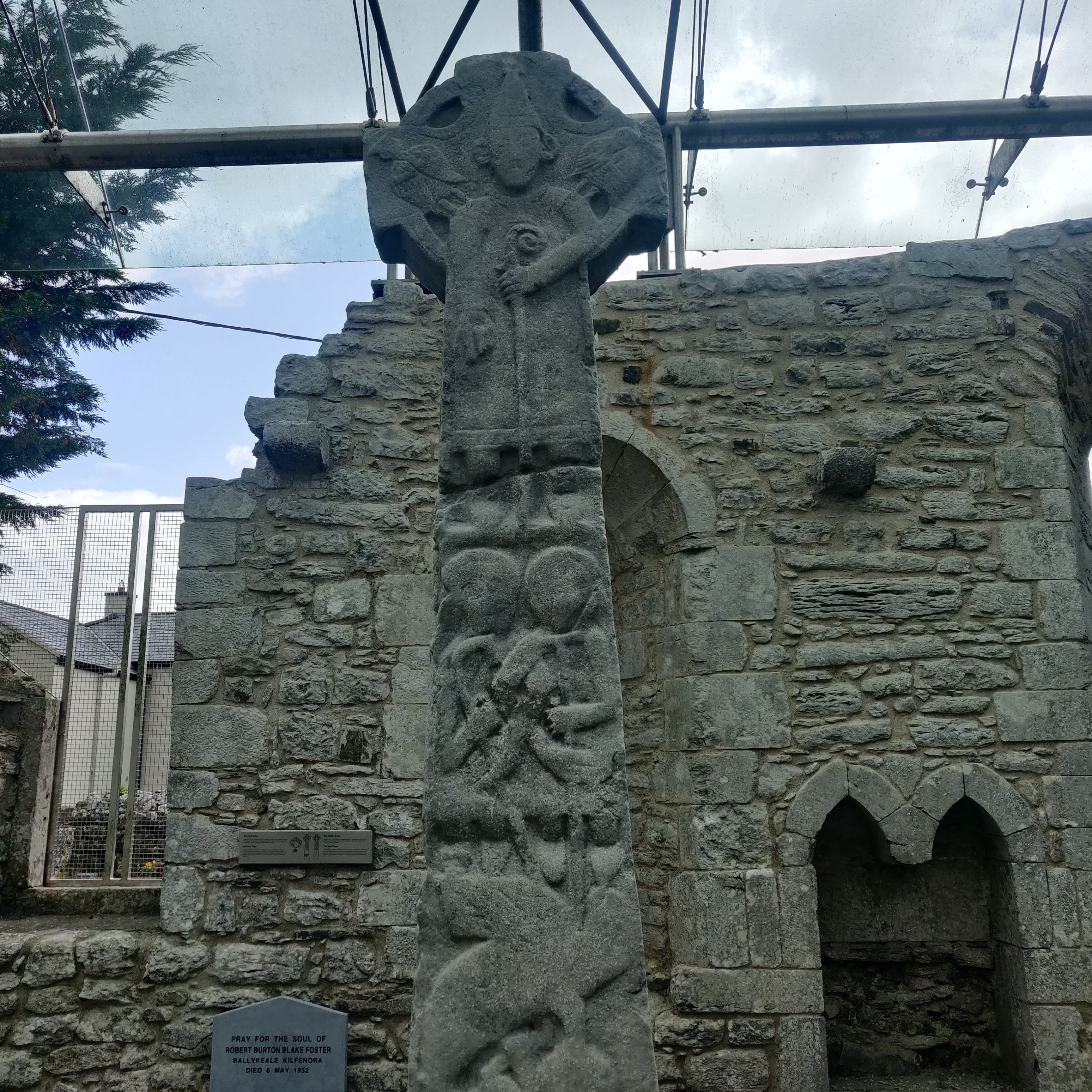 |
Cros 'na nDuartach' - The 'Doorty' High Cross. The shaft of the 'Doorty' cross was formerly re-used as a tombstone on the 18th century Doorty family tomb. In 1955 it was reunited with the upper part of the cross, which had previously lain in the chancel of the church. The figure of a bishop or Druid dominates the head of the cross. Has a staff in his left hand which some say is of a European style volute-headed croaier. Has angels or birds on his shoulders. In the centre of the shaft are two eccleslastics or druids, one holding an Irish style drop-headed crozier, the other a tau crozier. The bases of the crozier rest on a bird or winged beast, which stands on the heads of two human torsos. The other face of the cross head is said to depict the crucified Christ, with a bird in each hollow. At the base of the shaft is the shingled roof of a building or shrine, surmounted by a horse and rider, above which rises an elaborate pattern of Scandinavian-style interlace. Two further figures, possible ecclesiastics or Druids, are carved on the sides of the cross together with abstract ornament reminiscent of that appering on 12th century metalwork. |
|---|
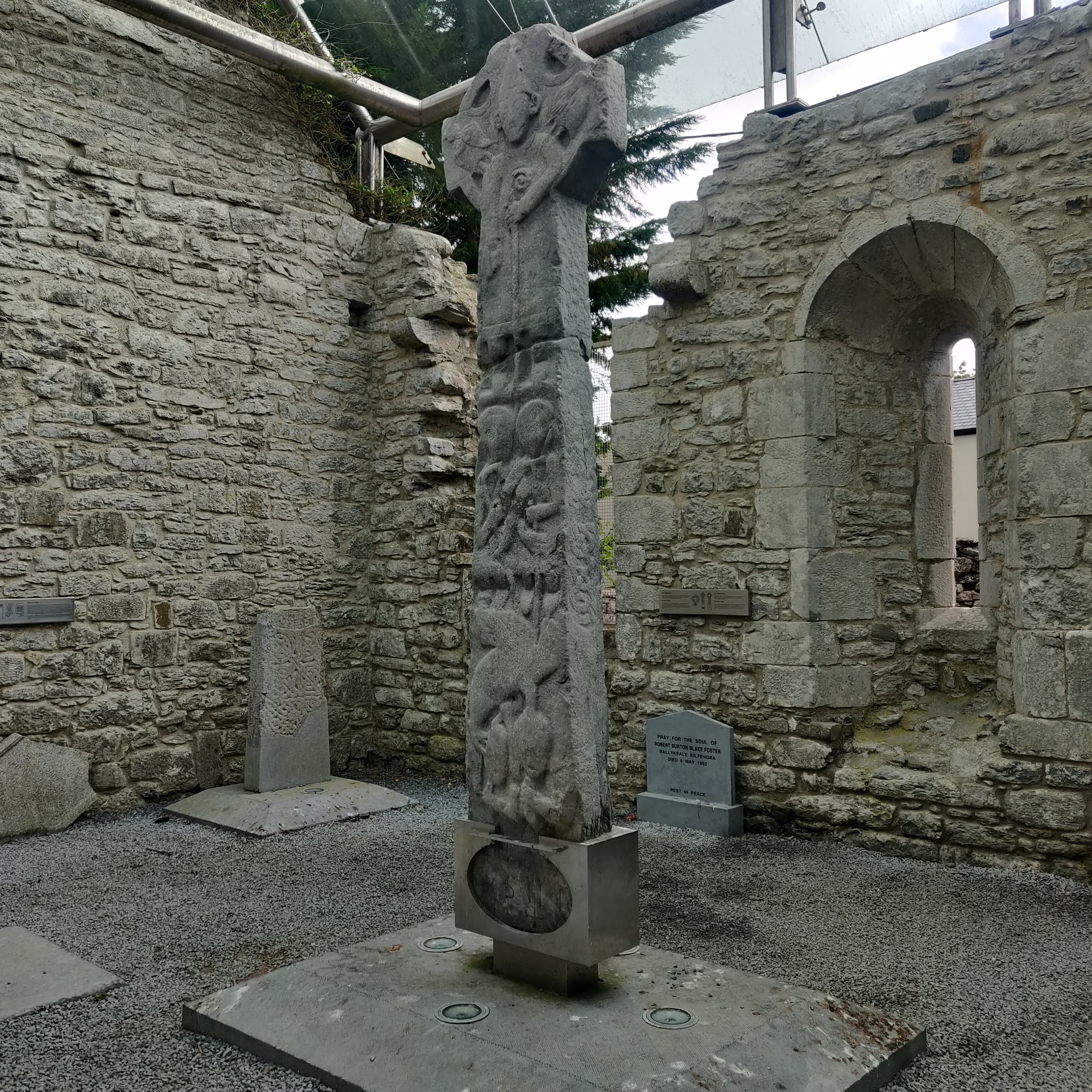 |
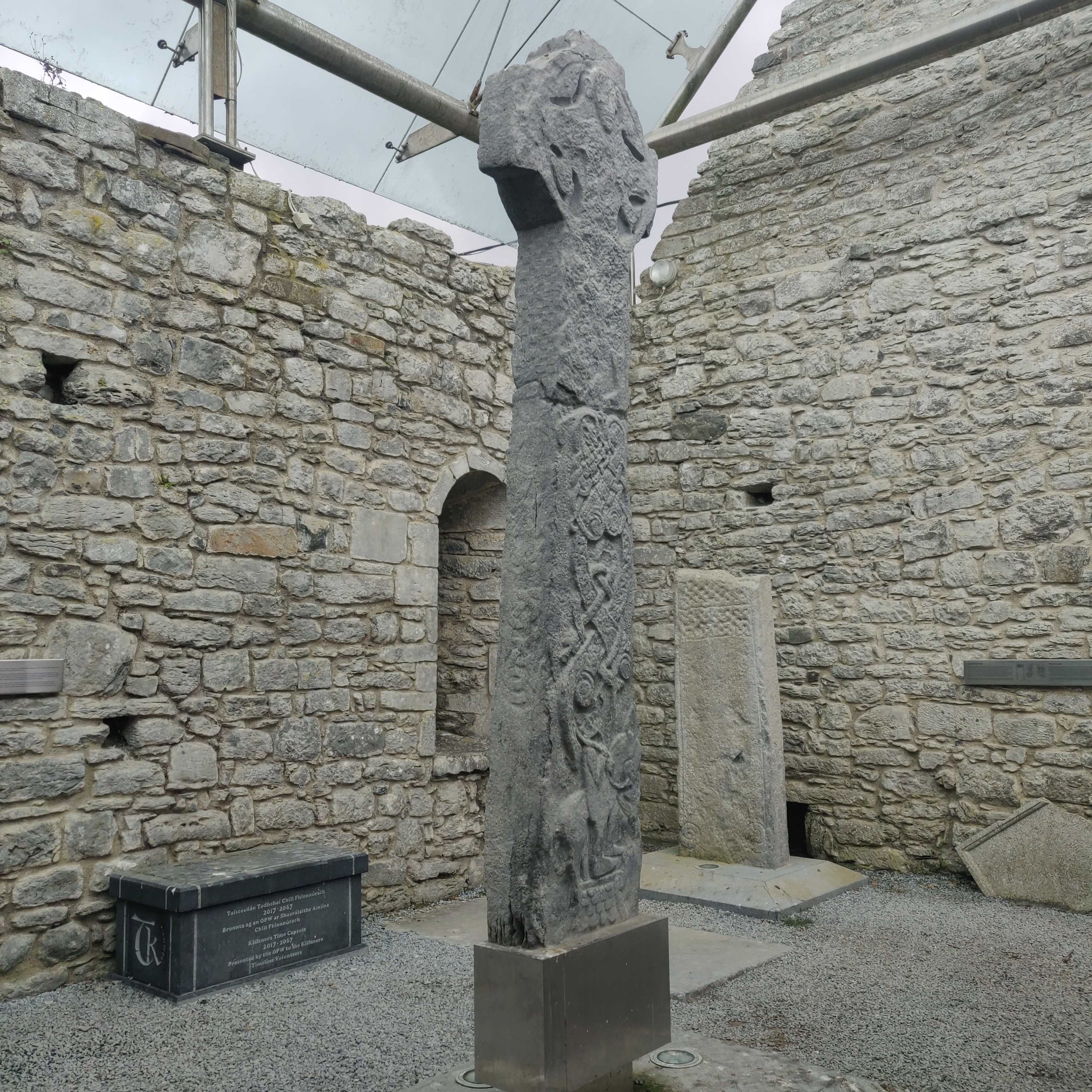 |
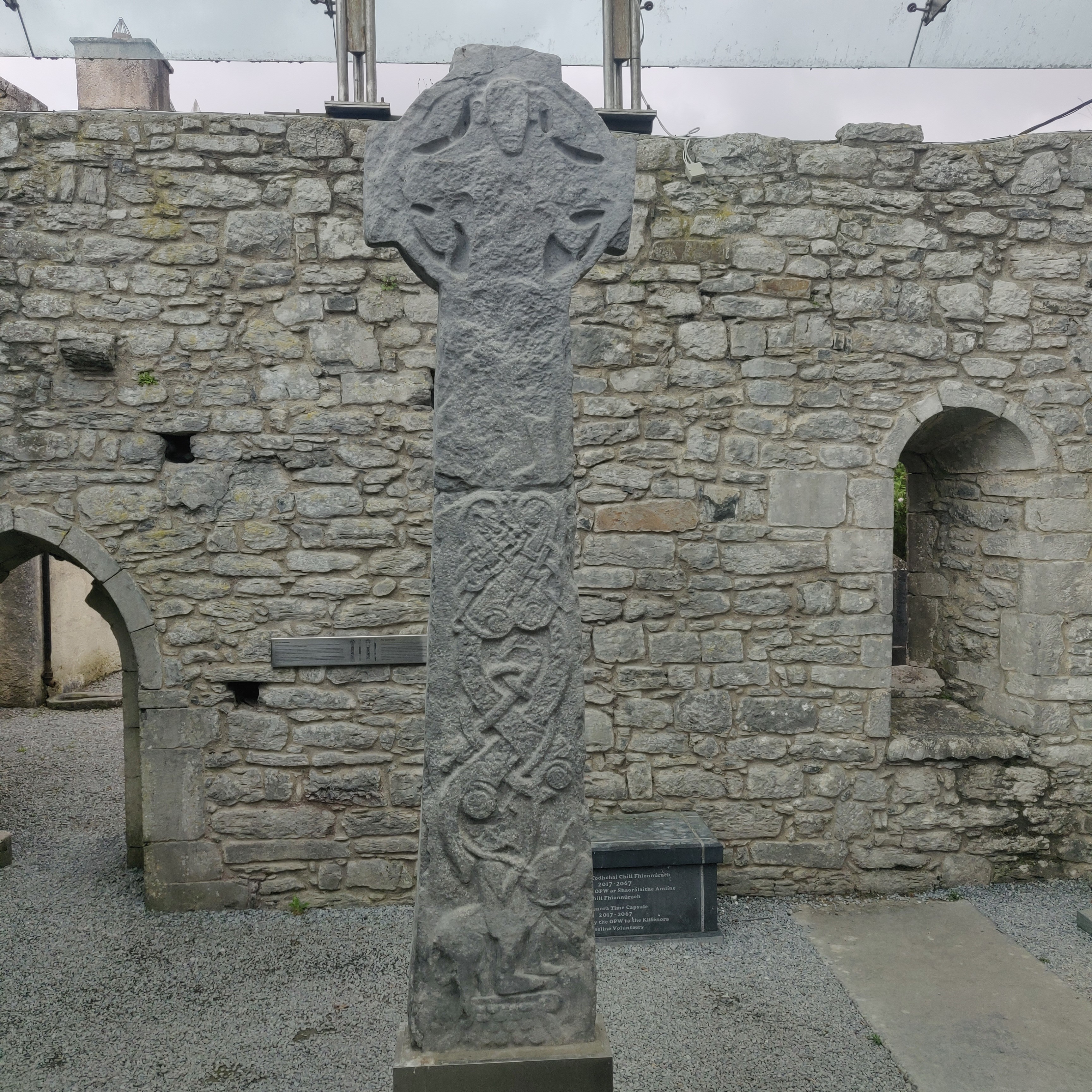 |
|---|
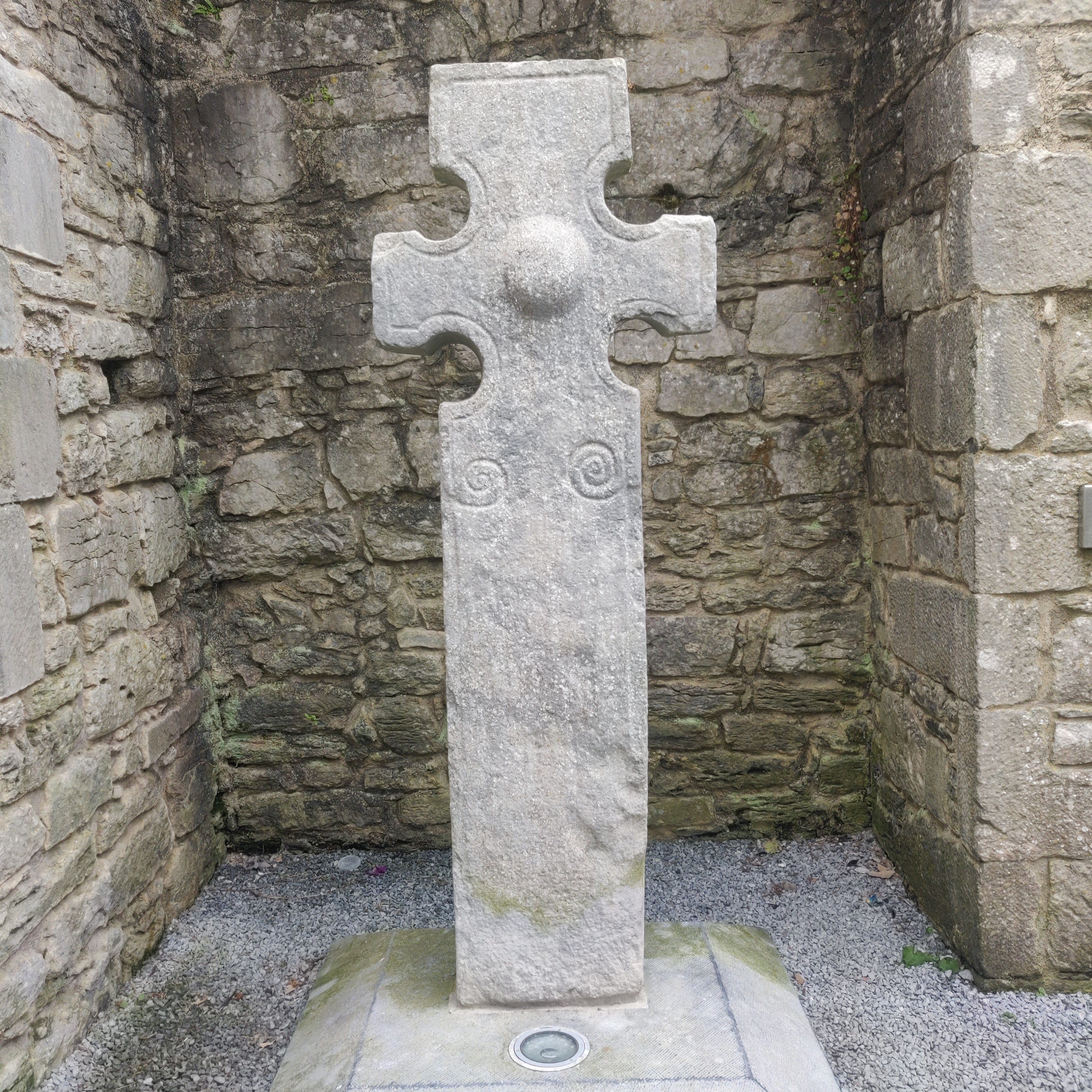 |
An Chros 'Thuaidh' - The 'North' Cross. The so-called 'North' cross has survived relatively intact. Unlike the other crosses on the site, this example does not have a ringed head, but is closely related to them through the use of distinvtiver abstract ornaments. The shaft is though to have originally have accommodated painted ornaments. |
|---|
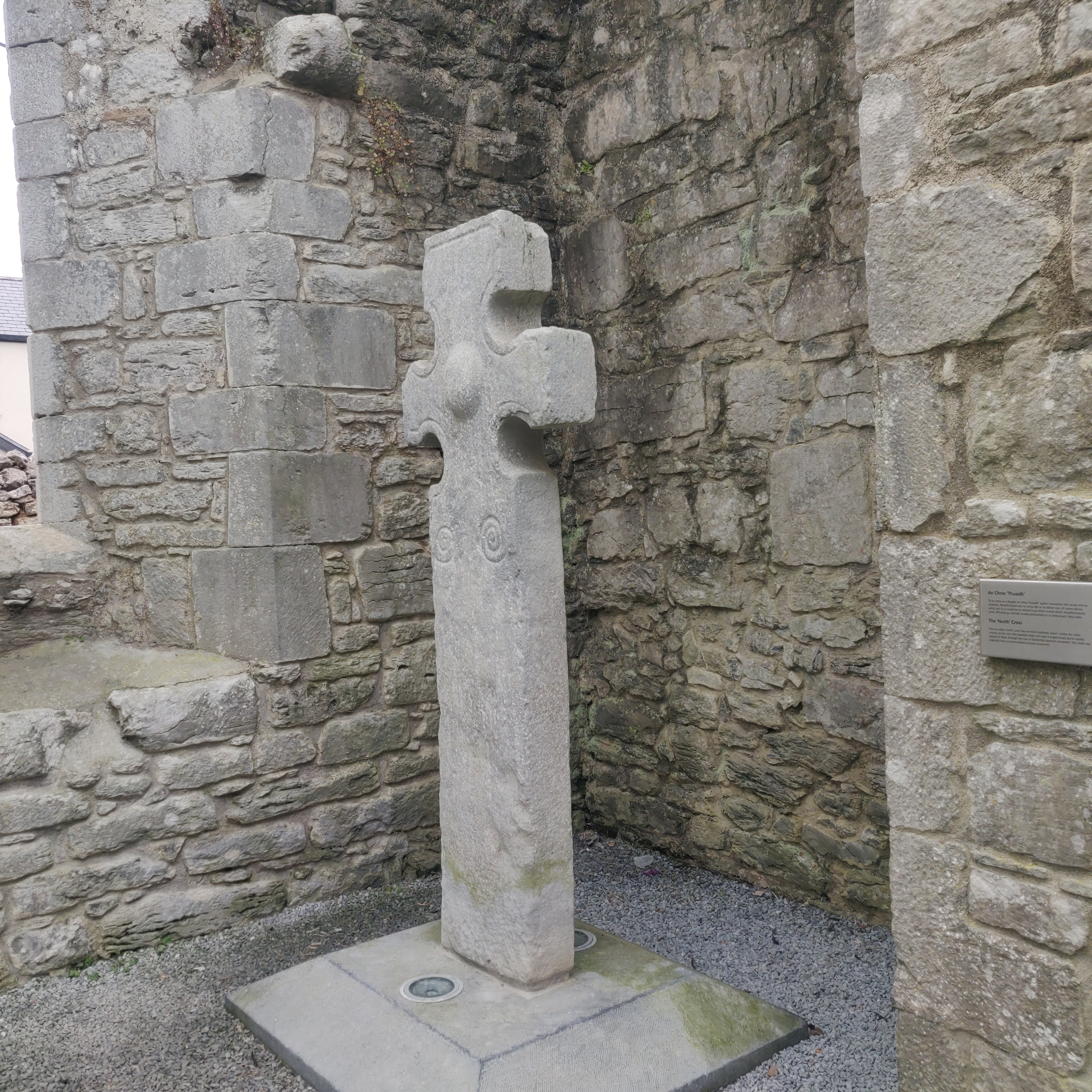 |
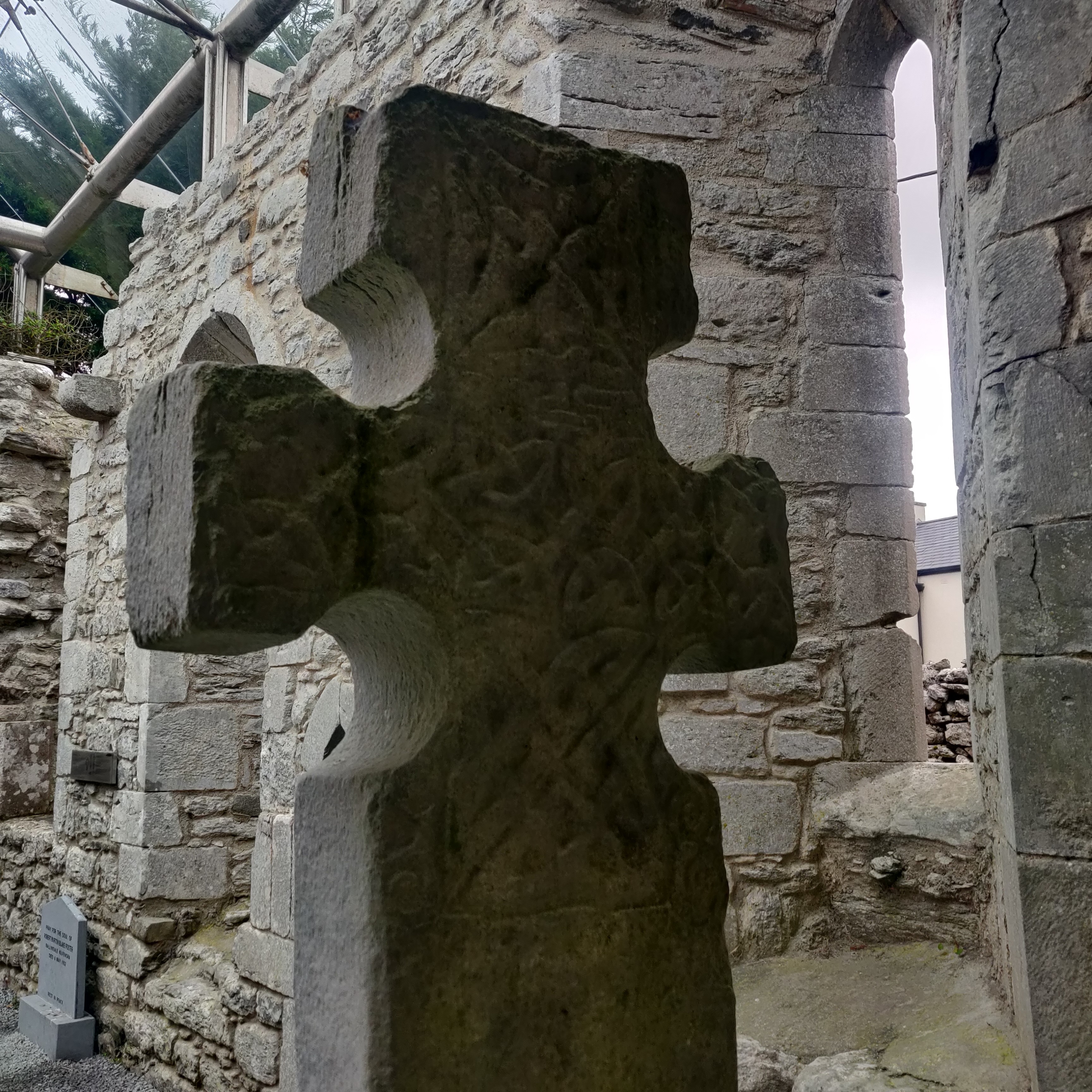 |
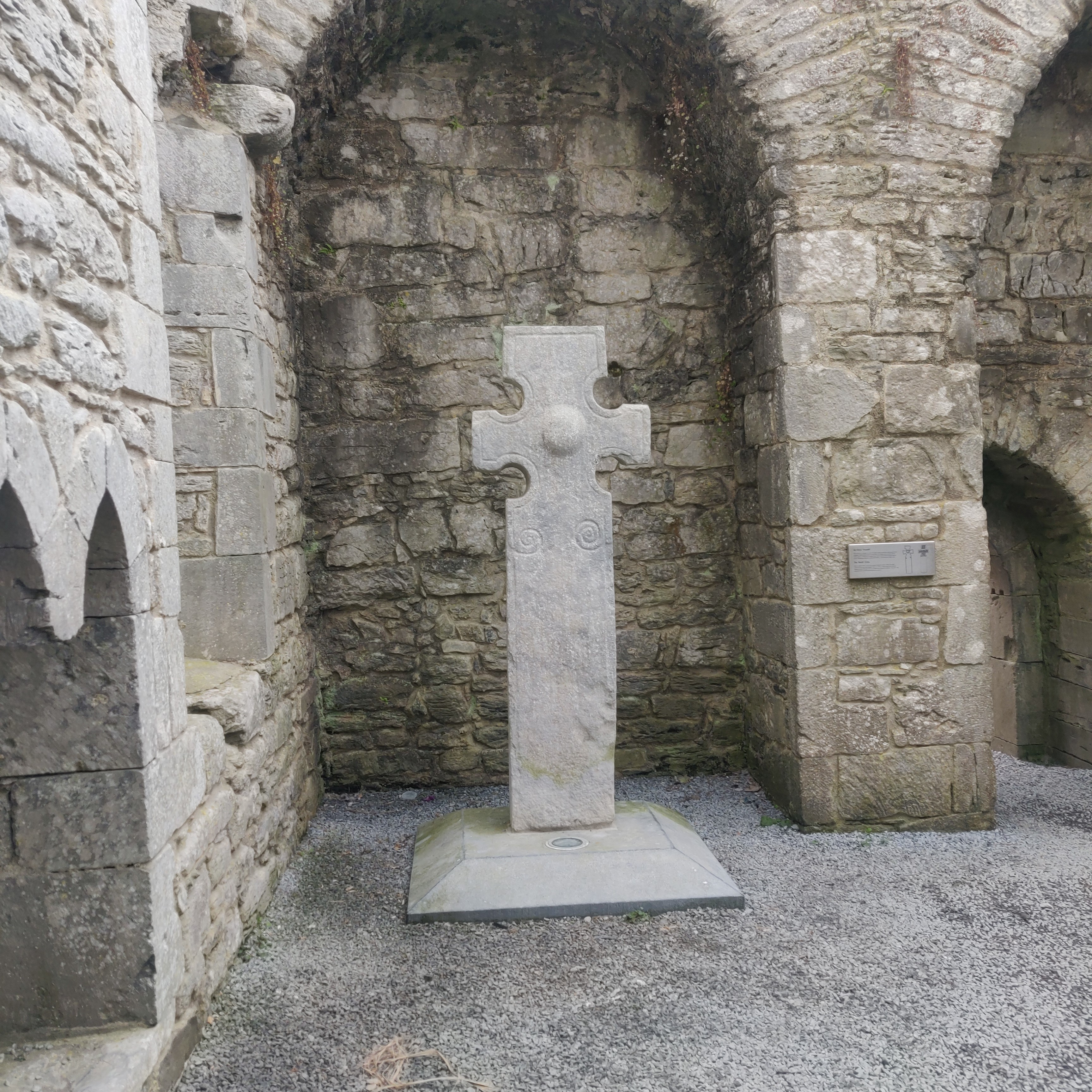 |
|---|
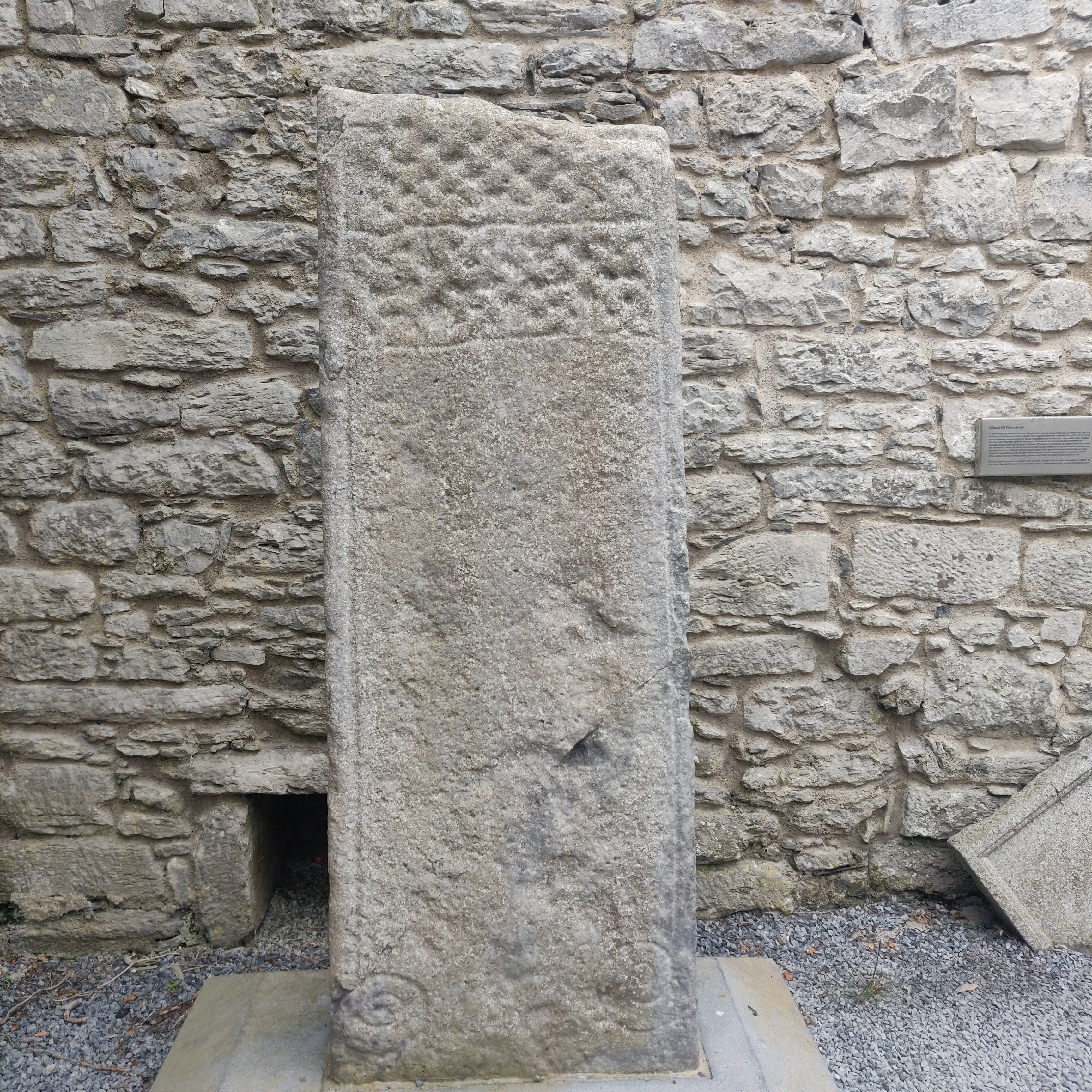 |
The 'South' Cross. The broken cross shaft located in the grounds of the cathedral in the 1950s. |
|---|
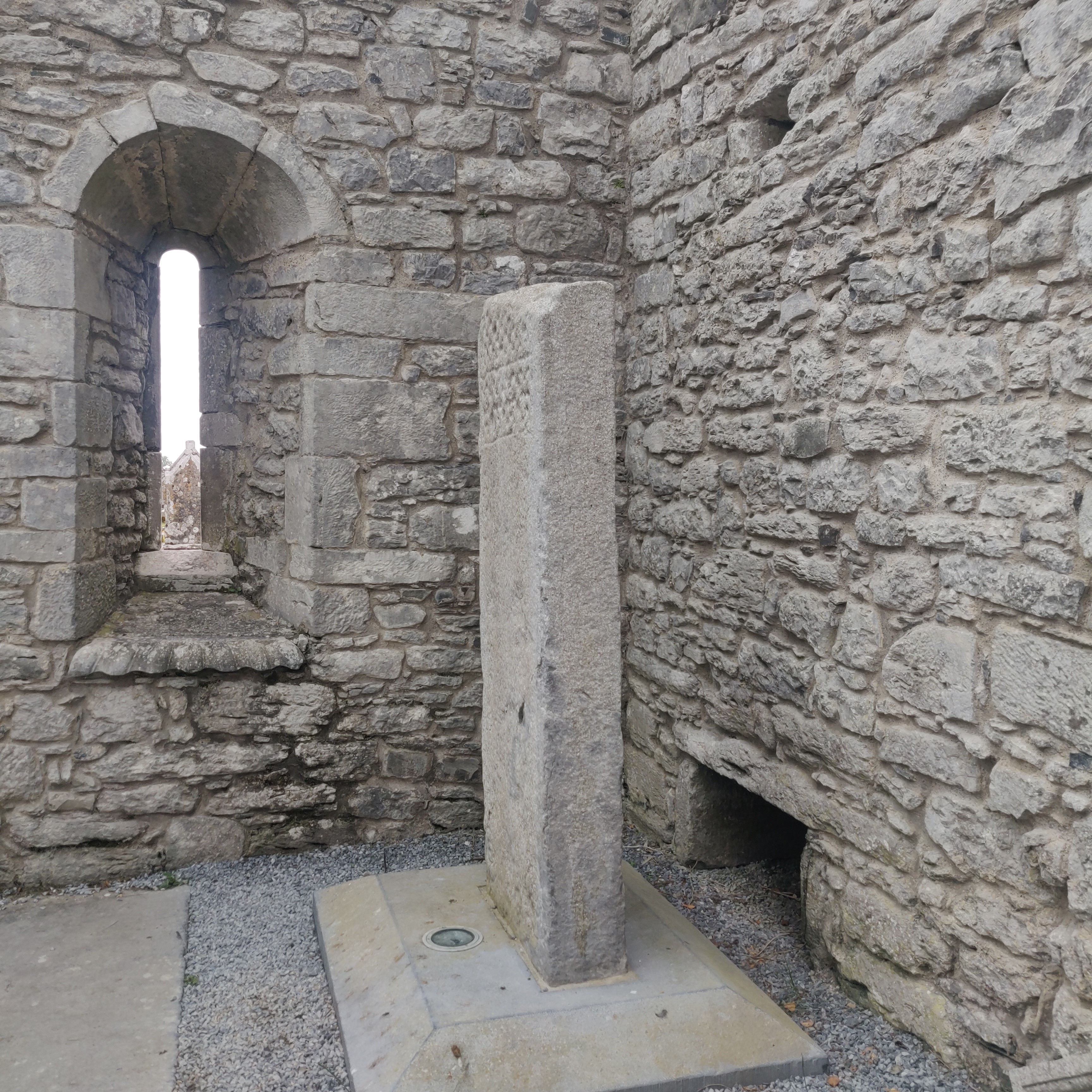 |
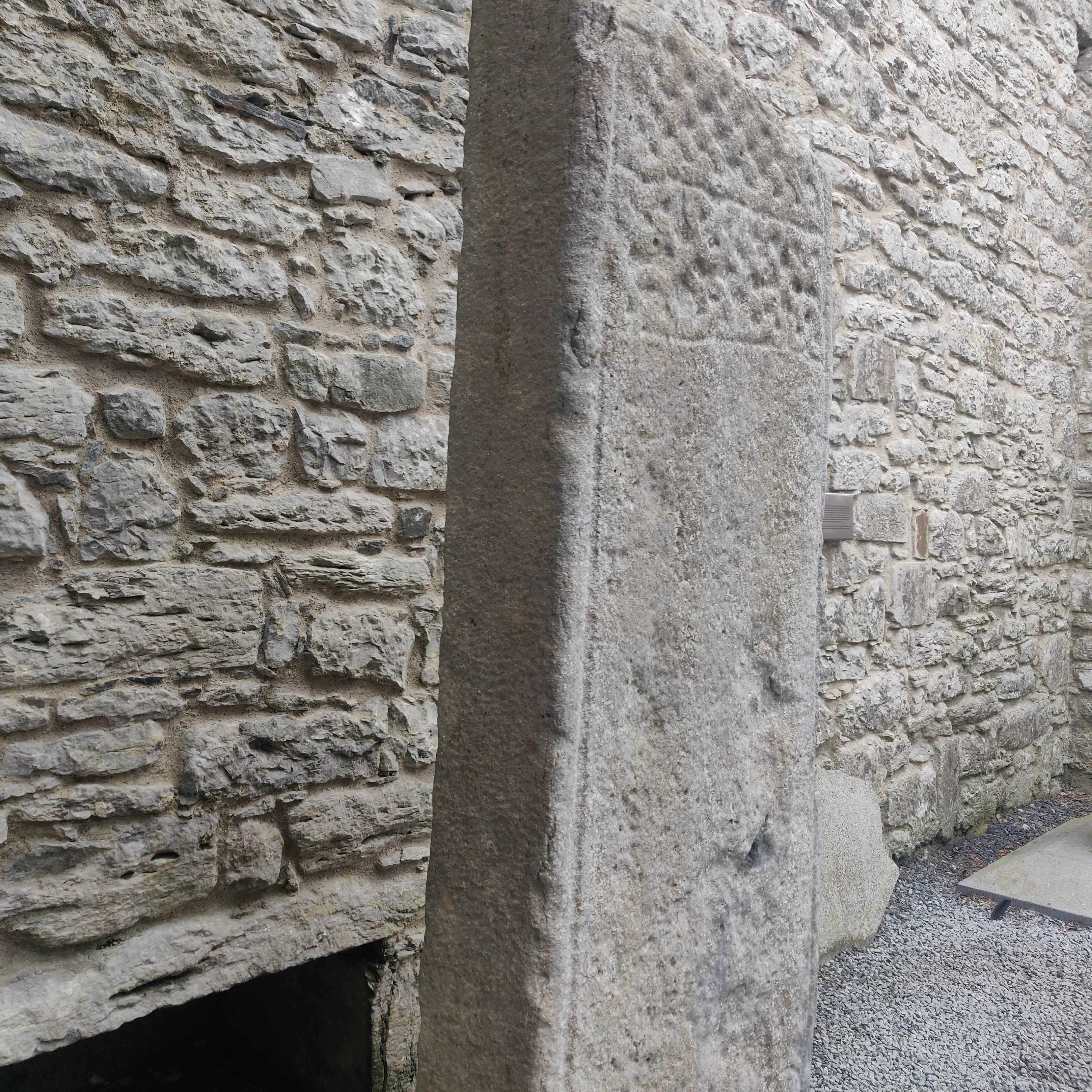 |
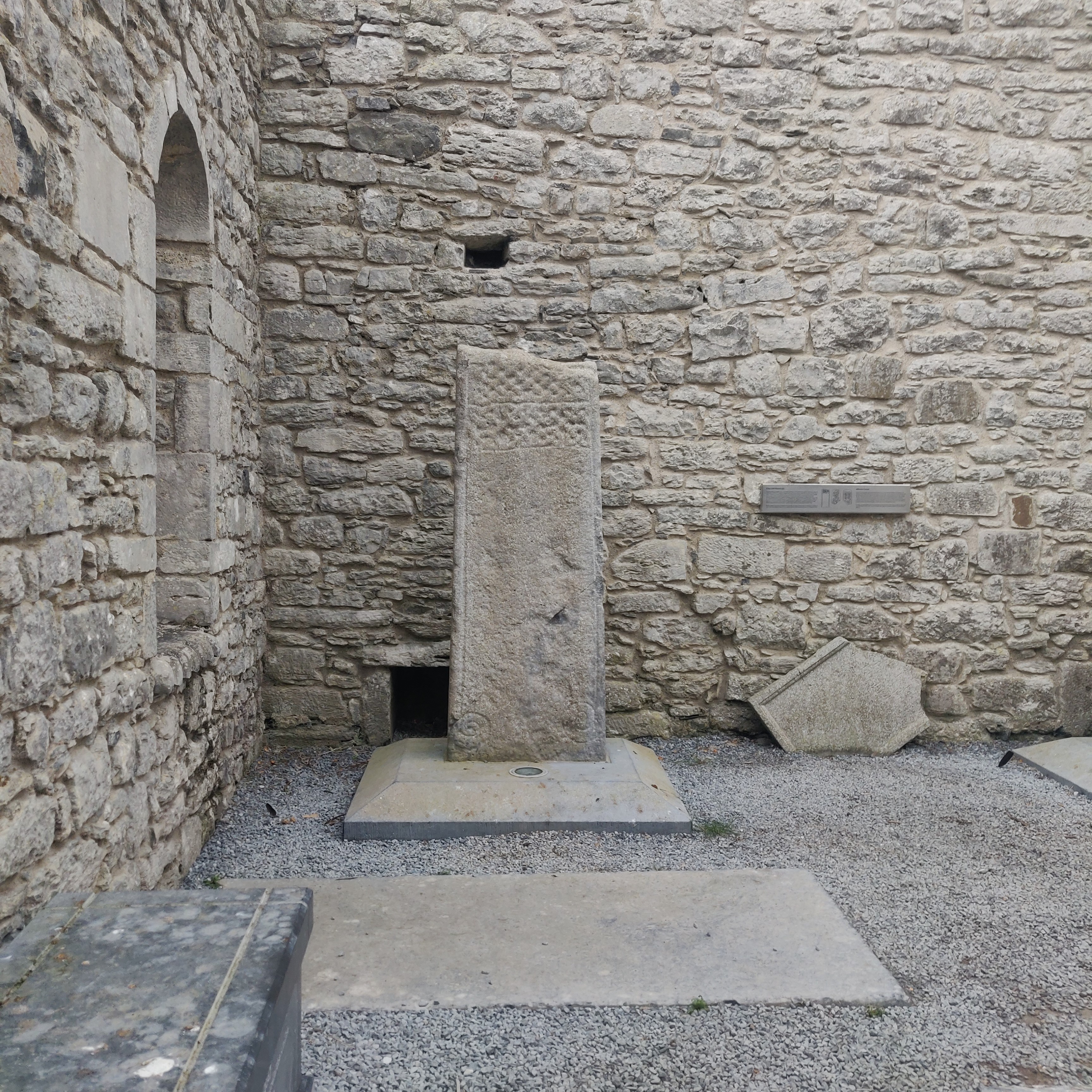 |
|---|
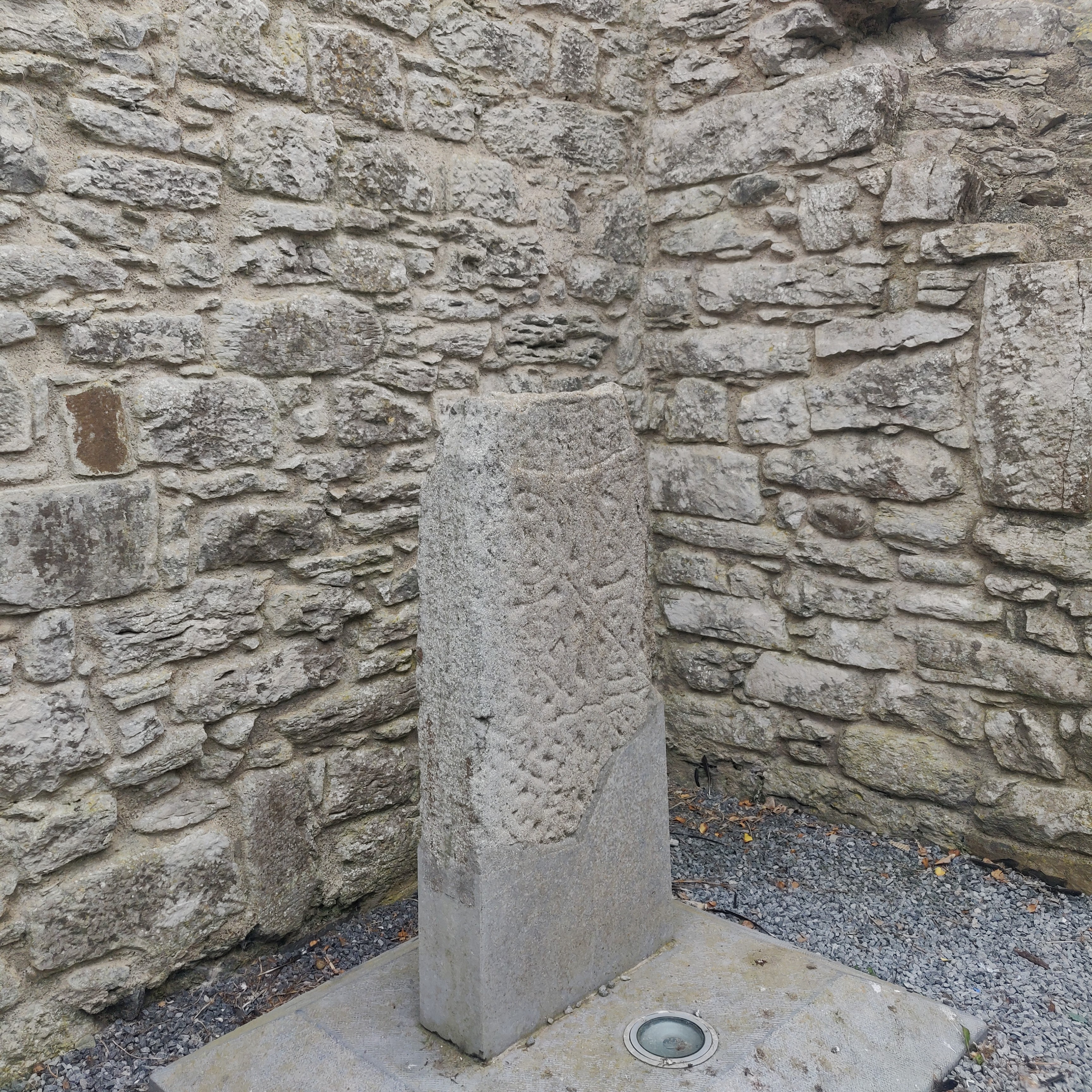 |
Cross Fragment. A cross fragment located in the grounds of the cathedral in the 1950s. |
|---|
 |
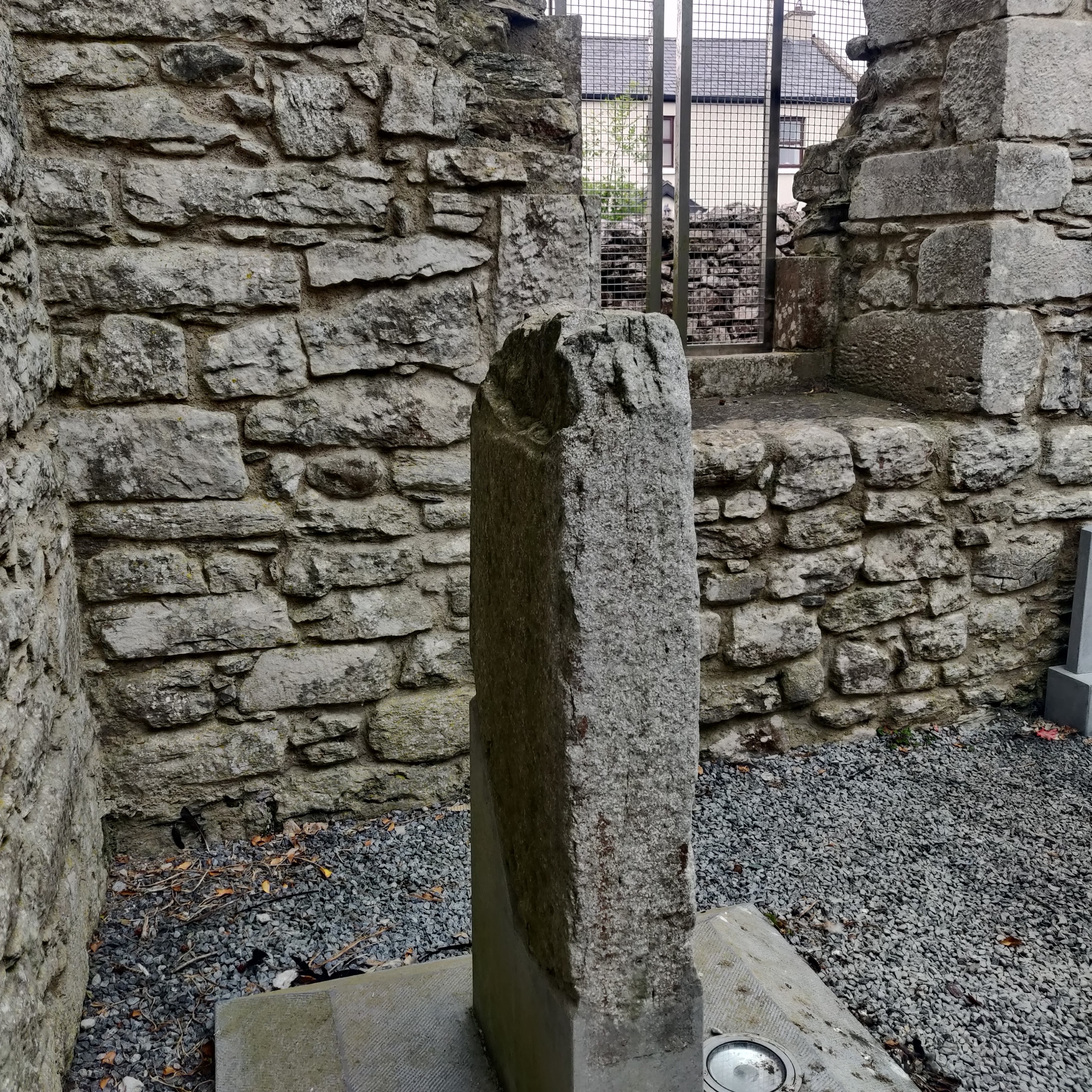 |
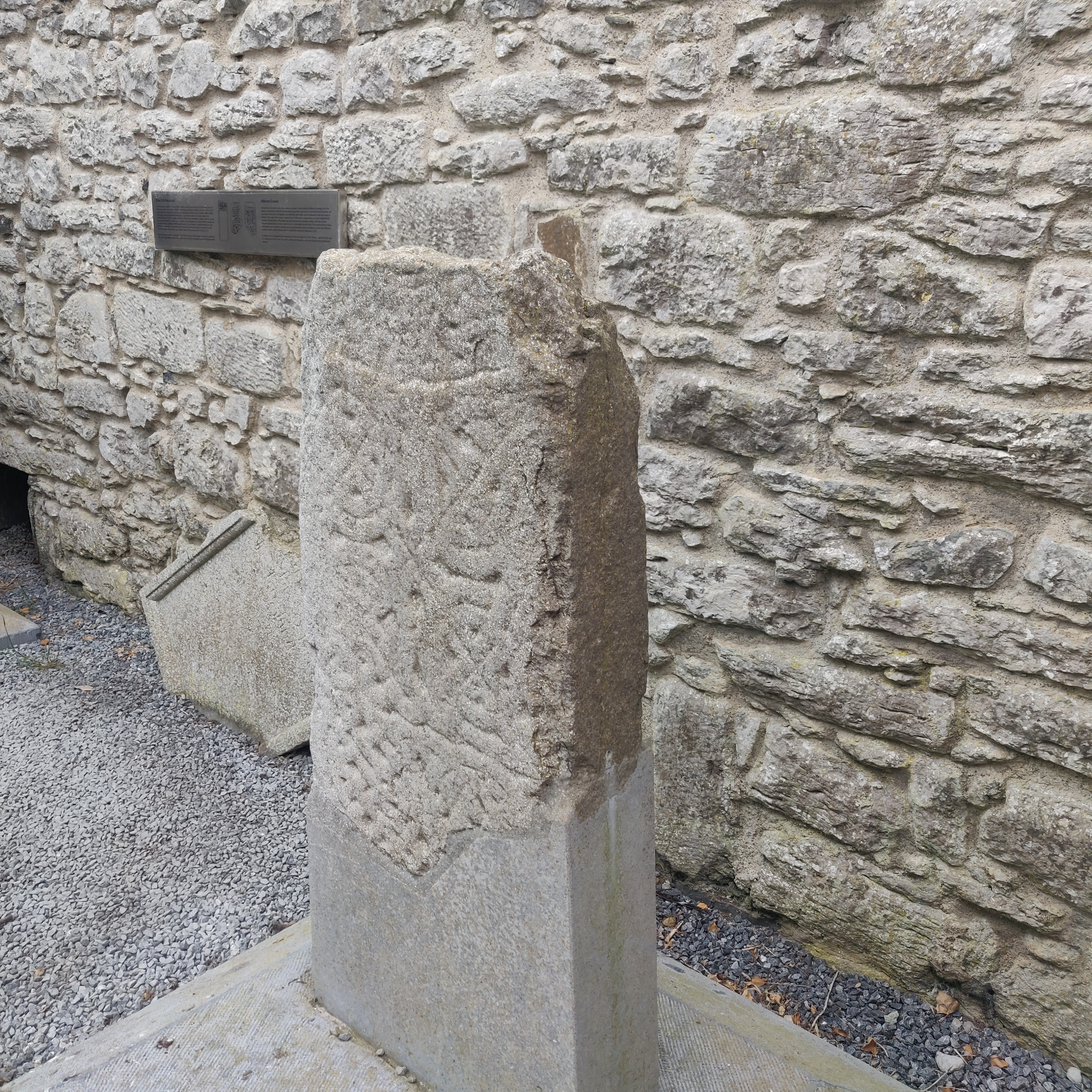 |
|---|
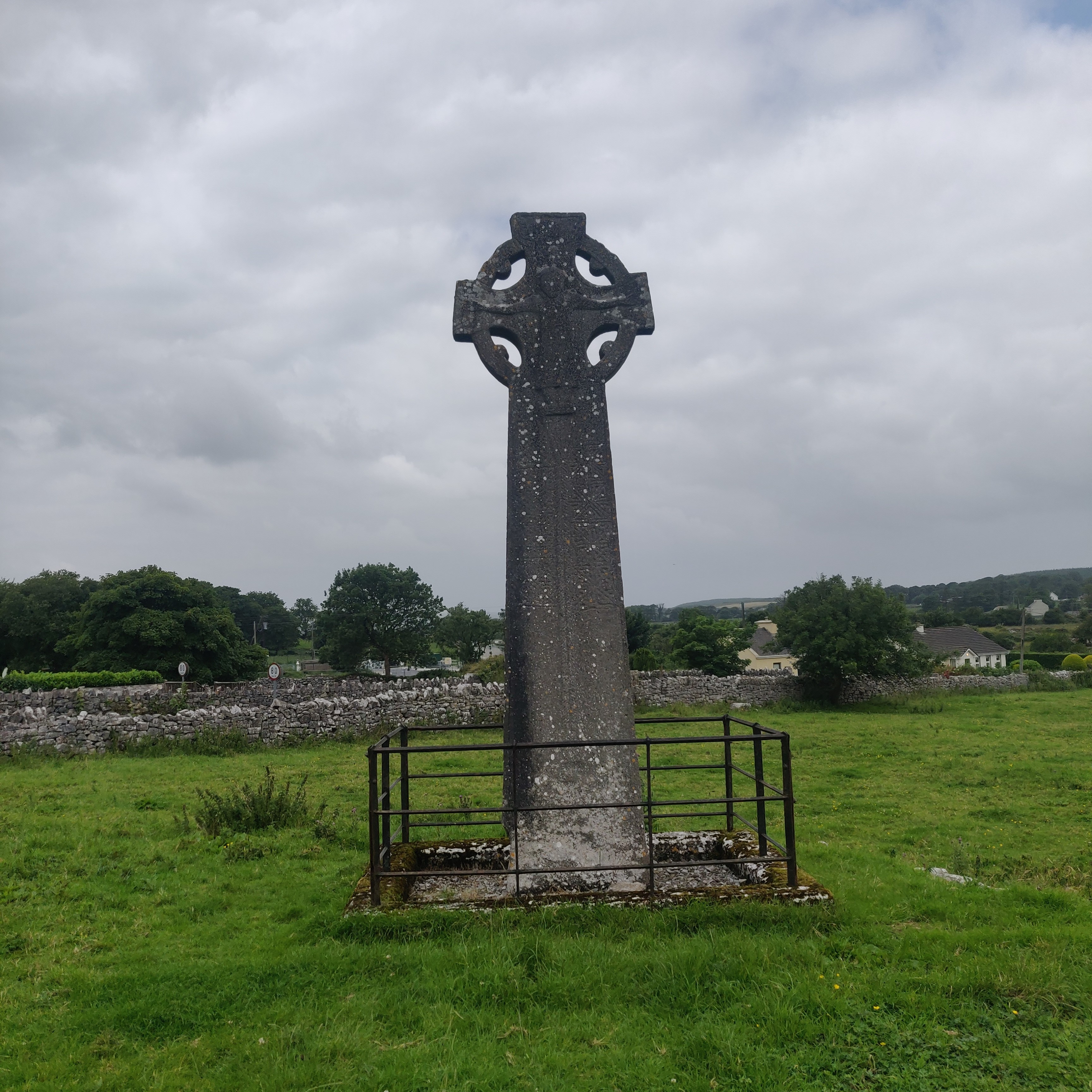 |
An Chros 'Thiar' - The 'West' High Cross. A High Cross with a figure on it and ringed head. Located two hundred meter west of the cathedral, which now houses the other crosses and cross fragment, this cross depicts a crucified christ in long robe, with a satchel or reliquary hanging from his neck. it has been suggested that the gable- like trace appearing low down on the shaft may one have accommodated a stone tomb or shrine located at the foot of the cross. |
|---|
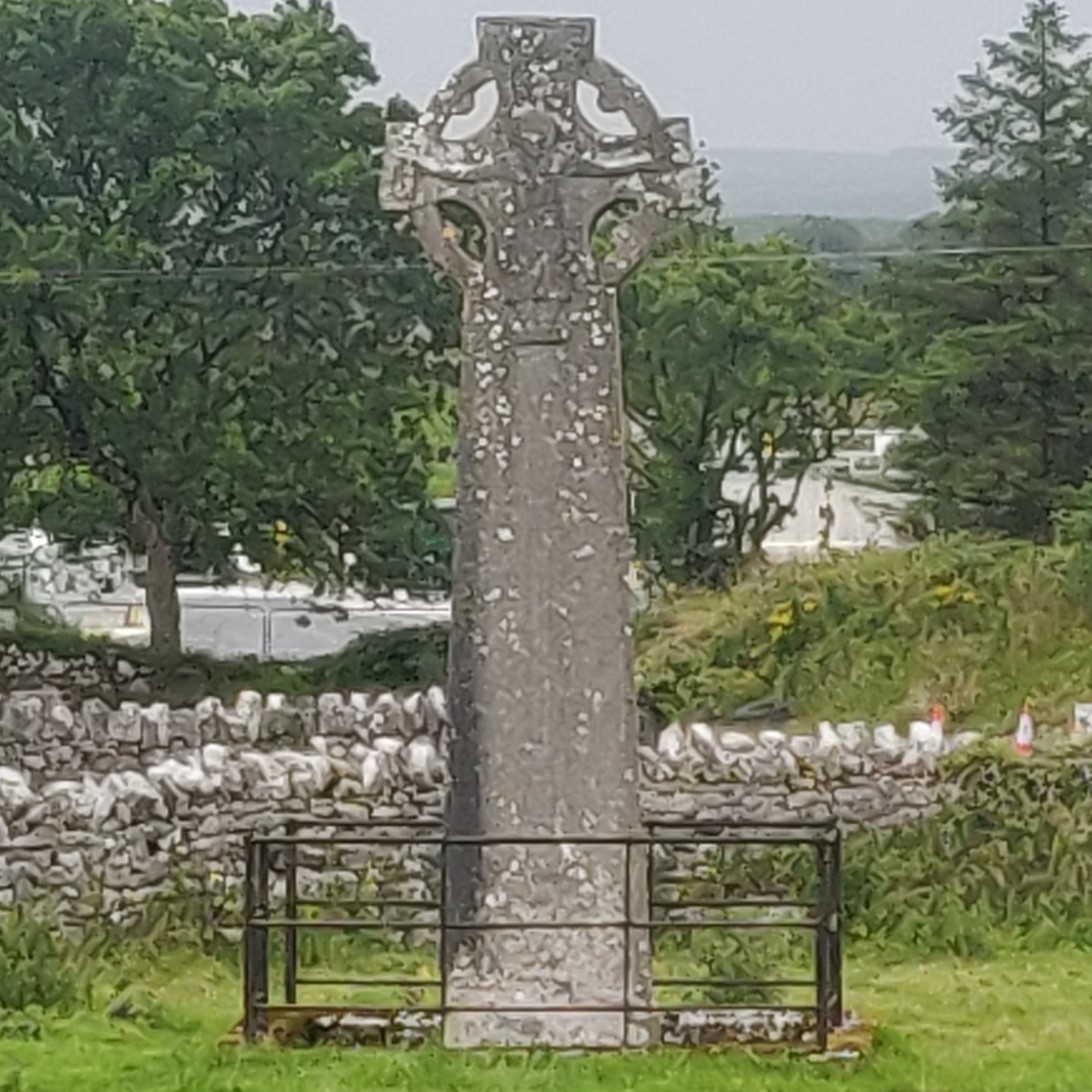 |
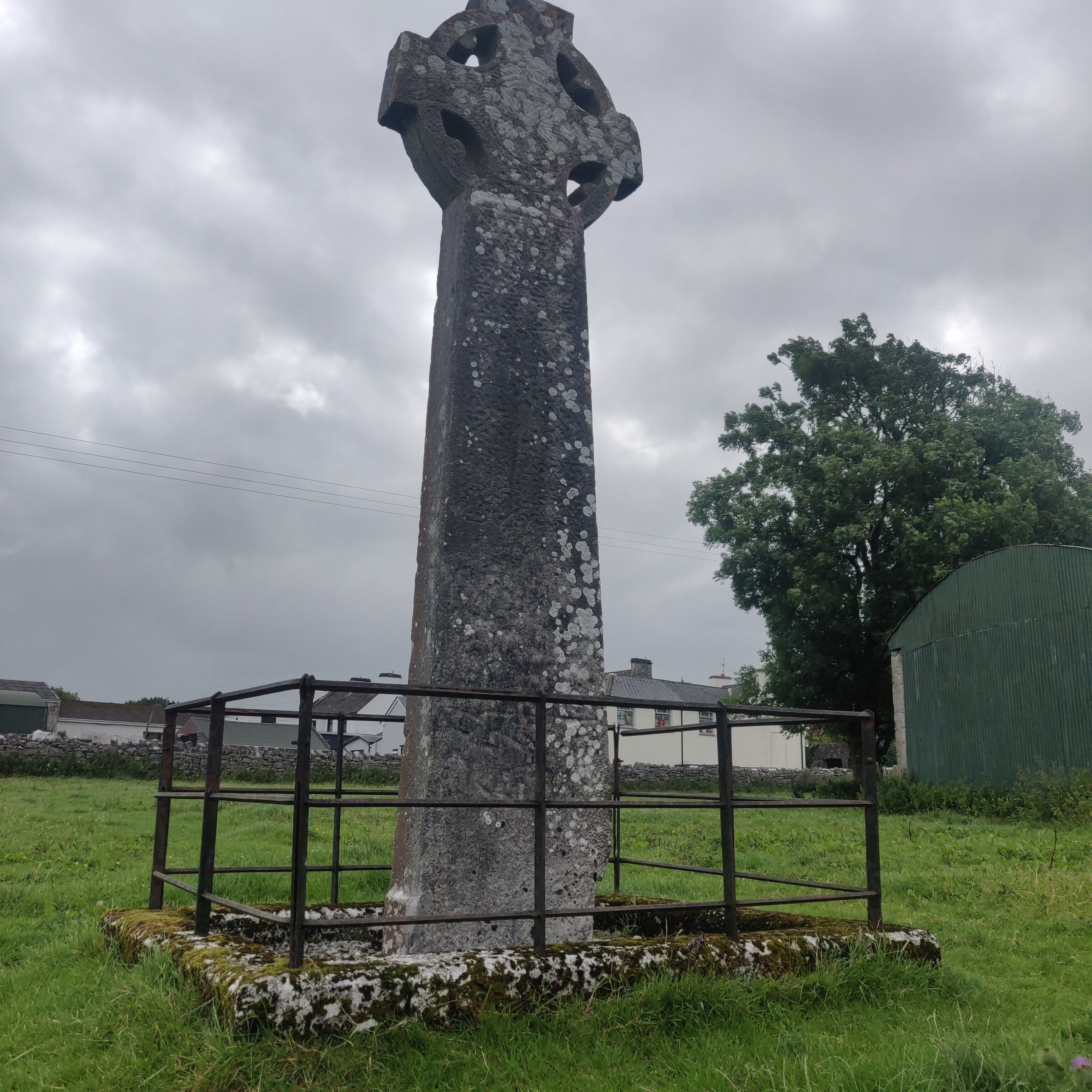 |
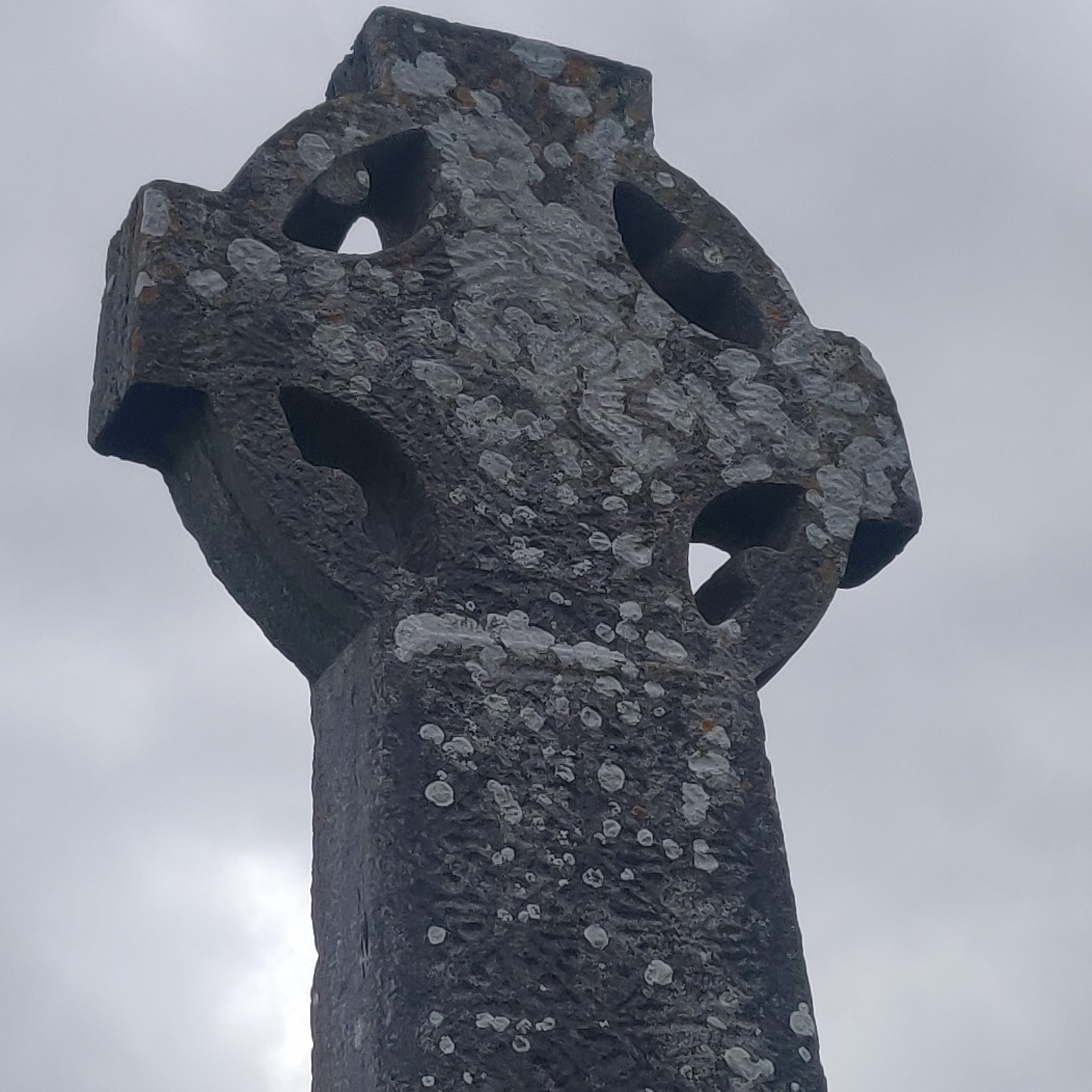 |
|---|
Lat. 52°58.1 N : Long. : 09°12.8 W
Mythology:
Stories:
![]()
|
|